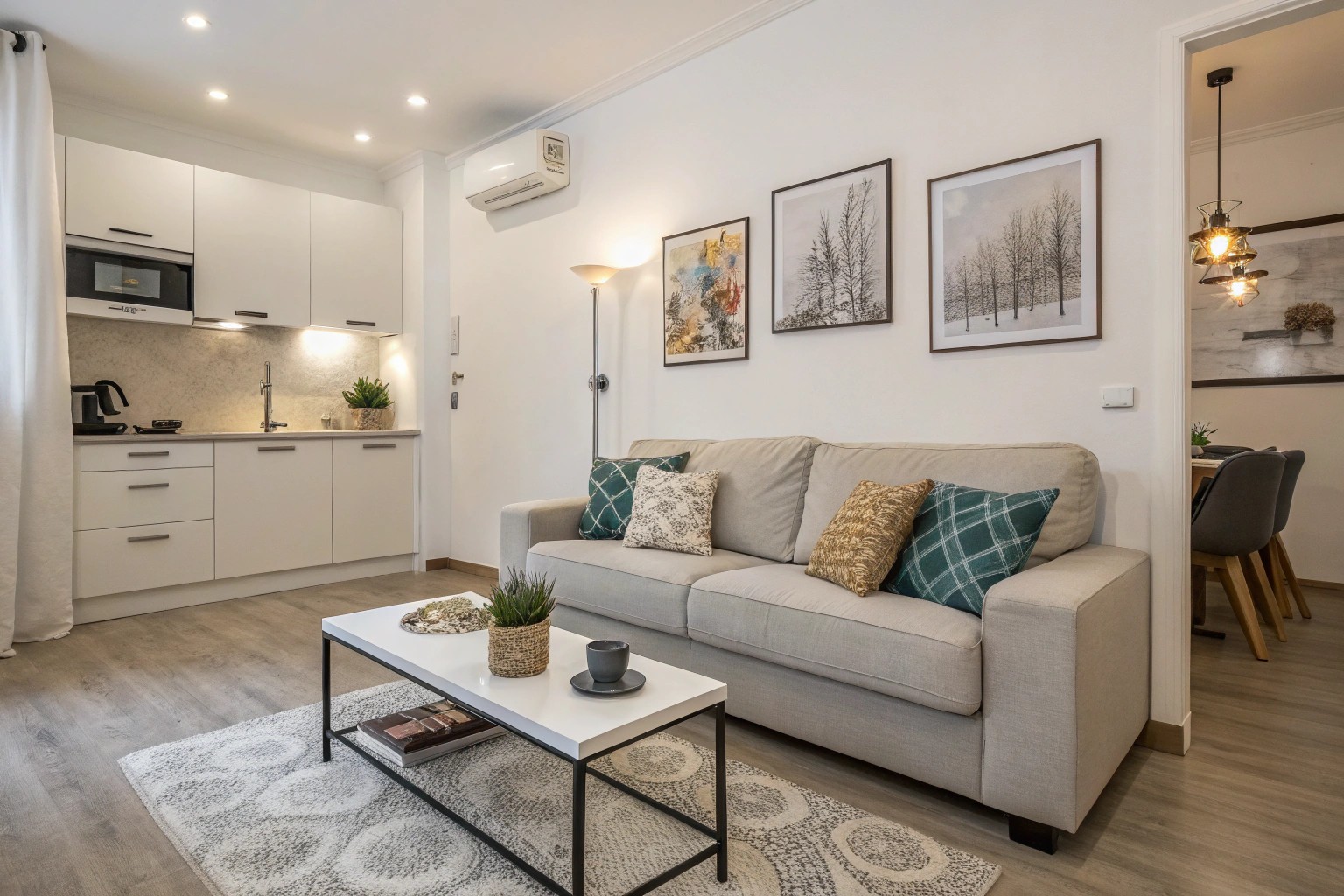As you step into your home at the end of each day, does it welcome you with personality and warmth, or does it feel more like a temporary waiting room—somewhere you’re simply passing time? Too many single-person homes suffer from this “waiting room syndrome”: functional but impersonal spaces that never quite feel like home. This guide will show you how to create a single-person home that truly reflects who you are, supports your lifestyle, and celebrates your independence.
Understanding Different Types of Solo Dwellers
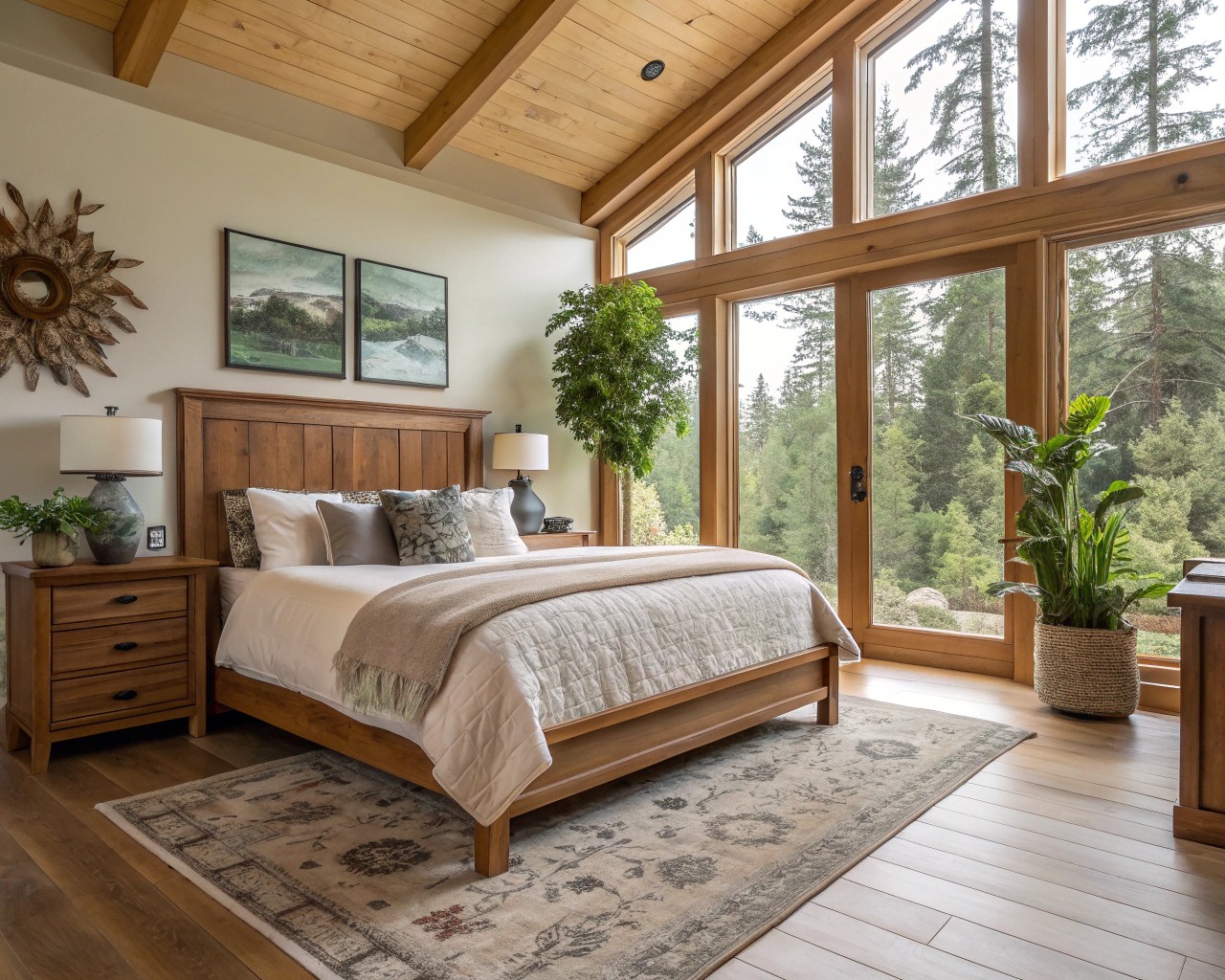
Before diving into specific design strategies, it’s important to recognize that singles aren’t a monolithic group. In my fifteen years designing spaces for solo dwellers, I’ve noticed distinct lifestyle patterns that influence home design needs:
| Type of Single | Primary Home Needs | Design Priorities |
|---|---|---|
| The Social Host | Entertainment spaces, flexible seating | Open floor plans, convertible furniture |
| The Sanctuary Seeker | Privacy, comfort, quiet zones | Sound insulation, cozy retreats, natural elements |
| The Digital Nomad | Low maintenance, security, storage | Smart home features, multi-functional spaces |
| The Urban Professional | Efficiency, luxury touches, workspace | High-quality finishes, defined zones, ergonomics |
| The Hobby Enthusiast | Dedicated activity space, specialized storage | Task lighting, display areas, workspace |
Recognizing which category (or combination) best describes you will help guide your design decisions. As one client told me, “Once I stopped designing for some hypothetical future life and focused on what I actually do every day, everything fell into place.”
Moving Beyond the “Waiting Room” Mentality
Healthcare designers have revolutionized waiting areas by transforming traditionally sterile spaces into welcoming environments. We can apply these same principles to single-person homes:
From Institutional to Personal
Traditional waiting rooms and many single-person homes share similar problems:
- Generic, impersonal design
- Emphasis on function over comfort
- Lack of distinct character or personality
- Furniture arranged for efficiency rather than experience
Just as designers are now creating healthcare spaces that feel more residential, you can create a single-person home that feels intentionally designed rather than simply occupied.
Right-Sizing Your Space

The first question isn’t how much space you need, but rather what kind of space will support your lifestyle. I’ve designed everything from 400-square-foot studios to 2,000-square-foot homes for single clients, and square footage matters far less than thoughtful planning.
Small Space Strategies
For compact homes under 800 square feet:
- Create clear pathways (minimum 30″ for passage)
- Use furniture with legs to create visual openness
- Incorporate mirrors to amplify light and space
- Select multi-purpose furniture (storage ottomans, drop-leaf tables)
- Utilize vertical space with tall bookcases and wall-mounted options
Case Study: Project R1, a 28m² studio that comfortably houses one person and a cat, demonstrates that small spaces can feel generous with smart planning. The owner used a bookshelf as a multifunctional element—serving as a room divider, headboard, and display space—creating distinct zones without walls.
Larger Home Considerations
For homes over 1,000 square feet:
- Create purpose-driven rooms rather than maintaining traditional layouts
- Design intimate conversation areas within larger spaces
- Consider how you’ll use each room daily, not occasionally
- Don’t feel obligated to fill every corner—negative space creates visual rest
One client with a 1,700-square-foot traditional house transformed her formal dining room into an art studio. “Why maintain a room I use twice a year when I could have one I enjoy every day?” she noted. This perfectly illustrates how single-person homes can prioritize actual use over conventional expectations.
Creating a Welcoming Entryway
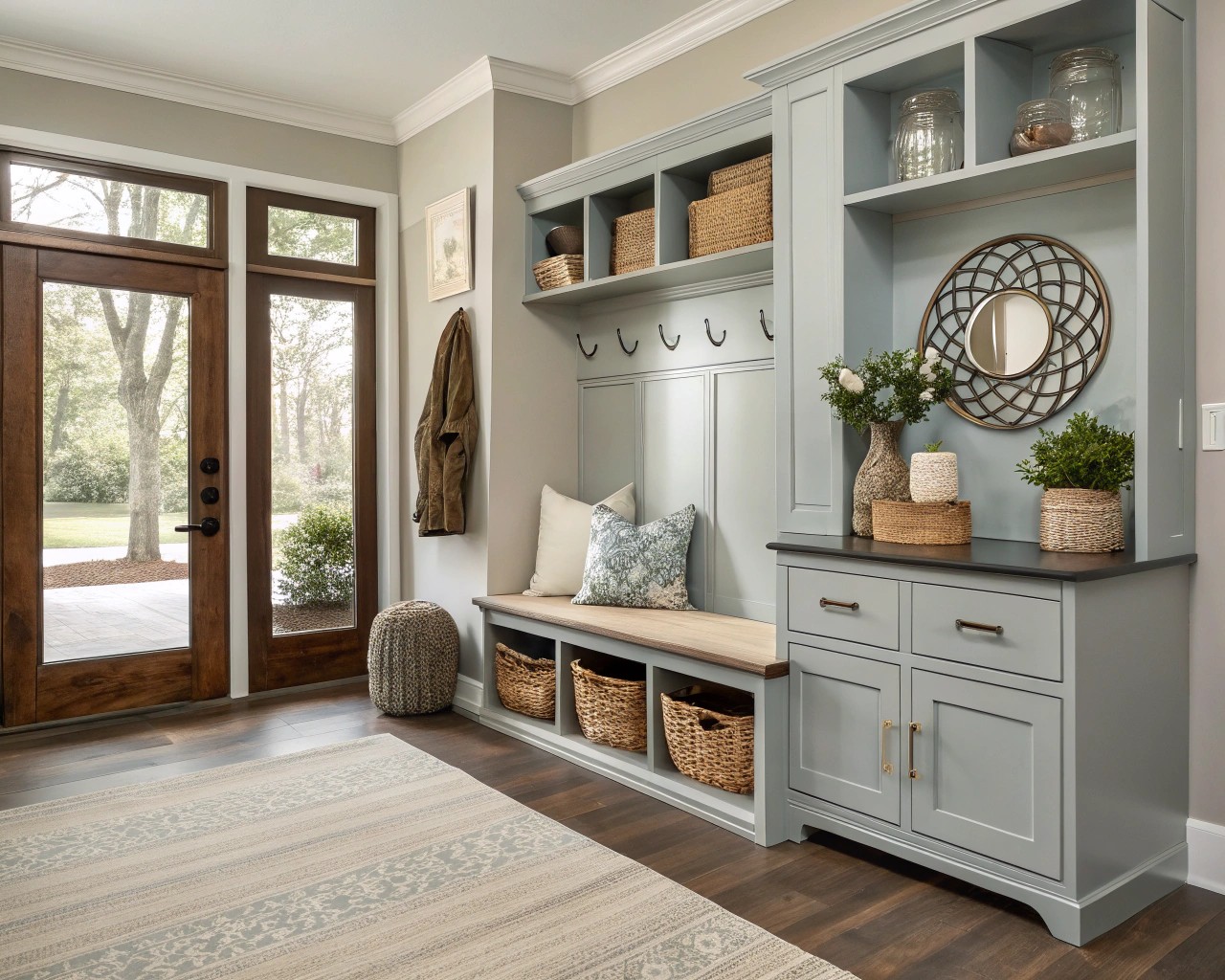
Your entryway sets the tone for your entire home and serves as the transition between public and private life. For singles, this space should:
- Reflect your personality immediately
- Provide practical storage tailored to your specific habits
- Create a ritual of “coming home”
Essential Entryway Elements
- Mirror – For last-minute appearance checks
- Drop zone – For keys, mail, and everyday items
- Seating – For removing shoes or setting down bags
- Adequate lighting – Both practical and mood-setting
- Something living – Plants bring energy to the space
- Personal touchpoint – Art or objects that bring immediate joy
Case Study: For Tom, a physician who often returned home mentally drained, we designed an entryway with a small bench, a beautiful hook for his coat, and a backlit shelf displaying meaningful travel mementos. This created a decompression zone where he could shed his work identity and transition into his personal space.
Living Areas That Celebrate Solo Living
Living rooms in single-person homes often default to a sofa facing a TV—essentially recreating a waiting room setting. Instead, design around the activities you actually enjoy, whether that’s reading, gaming, entertaining, or creating.
Design for Both Solitude and Socializing
The best single-person living spaces accommodate both quiet evenings alone and gatherings with friends:
- Create a primary seating arrangement for everyday use
- Include additional easily-accessible seating for guests
- Consider convertible or expandable furniture for entertaining
- Design lighting schemes for different scenarios
I worked with a client who loved both reading and hosting movie nights. We created a comfortable reading nook with excellent natural light as her daily space, with movable seating that could be arranged around her projector screen for film evenings with friends.
The Solo Kitchen: Beyond Basic Functionality
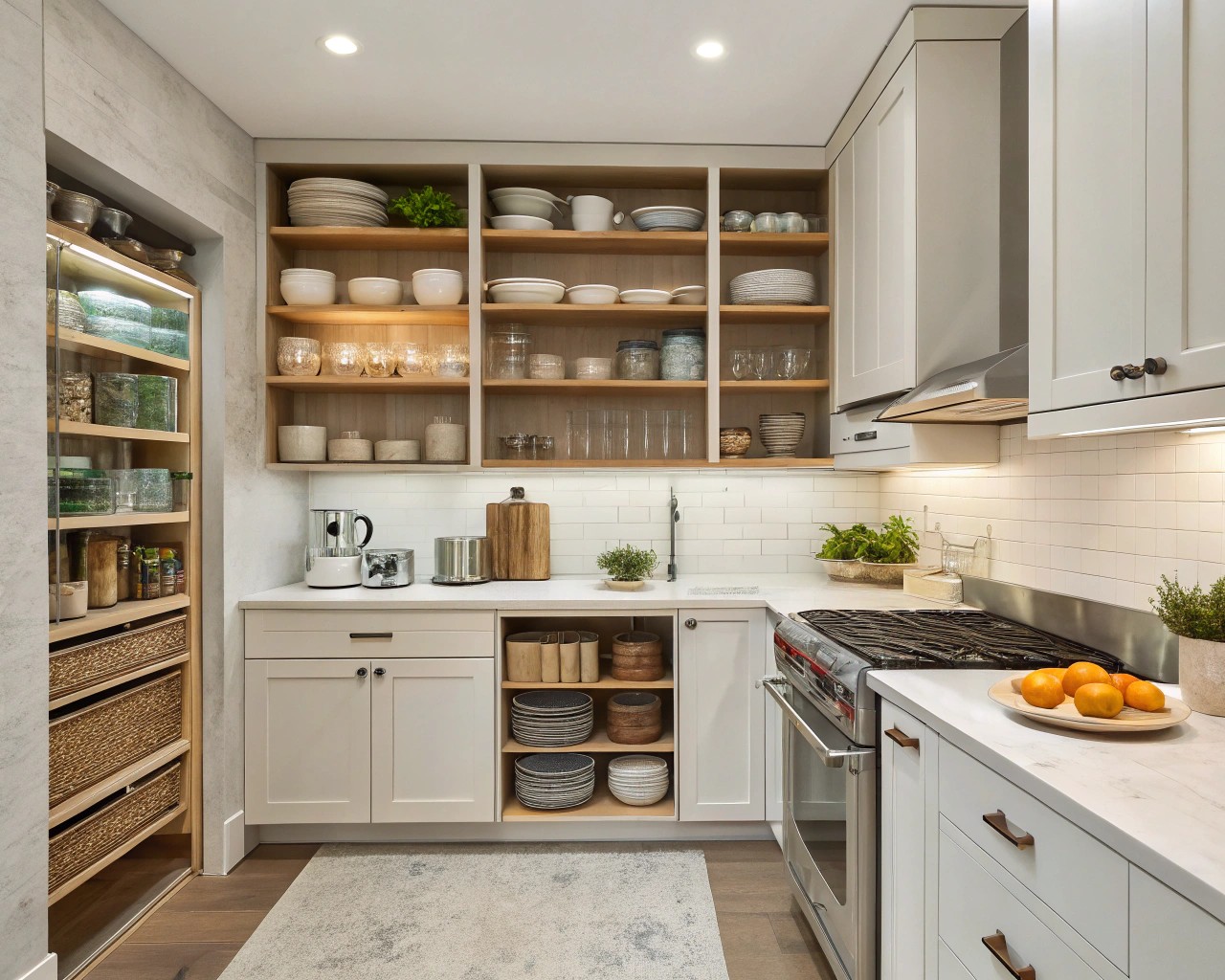
Kitchens for one should inspire cooking rather than making it feel like a chore. Too often, single-person kitchens become utilitarian spaces that discourage actual use.
Designing Kitchens That Inspire Cooking for One
- Position the cooking area so you face into the room or toward a window
- Include counter space for both preparation and casual dining
- Consider a small island or peninsula that allows for cooking and socializing
- Incorporate a comfortable eating area, even in compact kitchens
Smart Kitchen Storage for Singles
| Storage Type | Best For | Design Tip |
|---|---|---|
| Open shelving | Frequently used items, decorative pieces | Limit to items you use weekly to prevent dust collection |
| Deep drawers | Cookware, small appliances | Use dividers to maximize organization |
| Vertical storage | Baking sheets, cutting boards, trays | Install dividers in cabinet spaces |
| Door-mounted options | Spices, cleaning supplies | Utilize the inside of cabinet doors |
| Rolling cart | Additional workspace, serving station | Choose one that can tuck away when not needed |
Case Study: Claire, a food blogger living in a 650-square-foot apartment, needed a kitchen that could function for both daily cooking and recipe development. We maximized her limited space with a rolling cart that could serve as additional counter space, a serving station for gatherings, or be tucked away when not needed.
Bedroom Sanctuaries
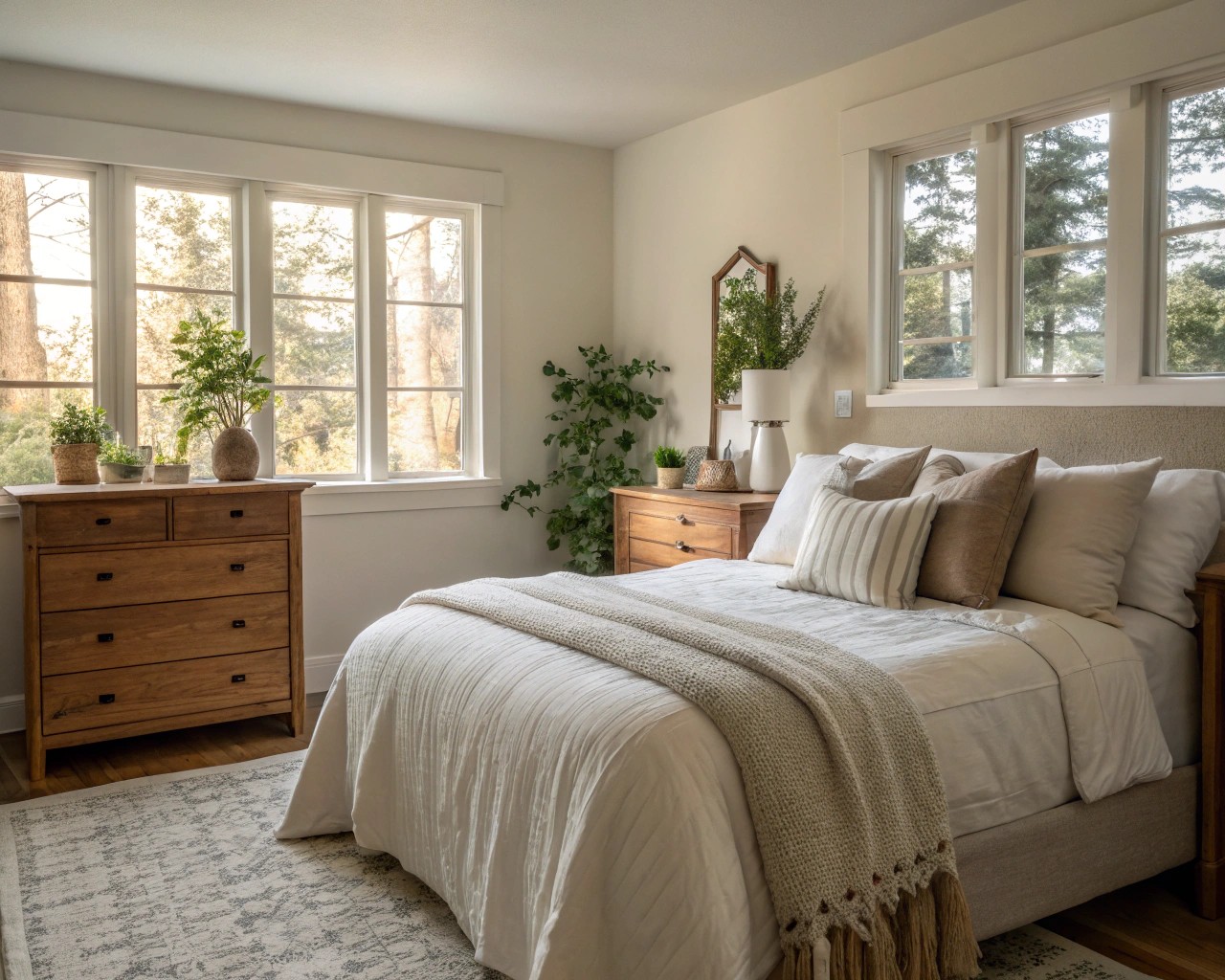
For singles, the bedroom should be more than just a place to sleep—it’s a private retreat where you can fully relax and recharge.
Creating a Restful Retreat
- Position the bed to take advantage of natural light and views while maintaining privacy
- Create layers of lighting (ambient, task, and accent)
- Consider a comfortable seating option beyond the bed
- Incorporate elements that appeal to all senses (texture, scent, sound)
One design principle I frequently share with clients is the “hotel test”: What elements of luxury hotel rooms make you feel pampered? These can often be adapted for home use at reasonable cost—high-quality linens, blackout curtains, a well-placed reading light, or a small tray for bedside essentials.
Bedroom Multifunctionality Without Compromise
In smaller homes, bedrooms often need to serve multiple purposes without losing their restful quality:
- A desk that doubles as a vanity with appropriate lighting
- A window seat with storage underneath
- Wall-mounted solutions that can be concealed when not in use
- A comfortable chair that works for both reading and putting on shoes
Home Office Integration
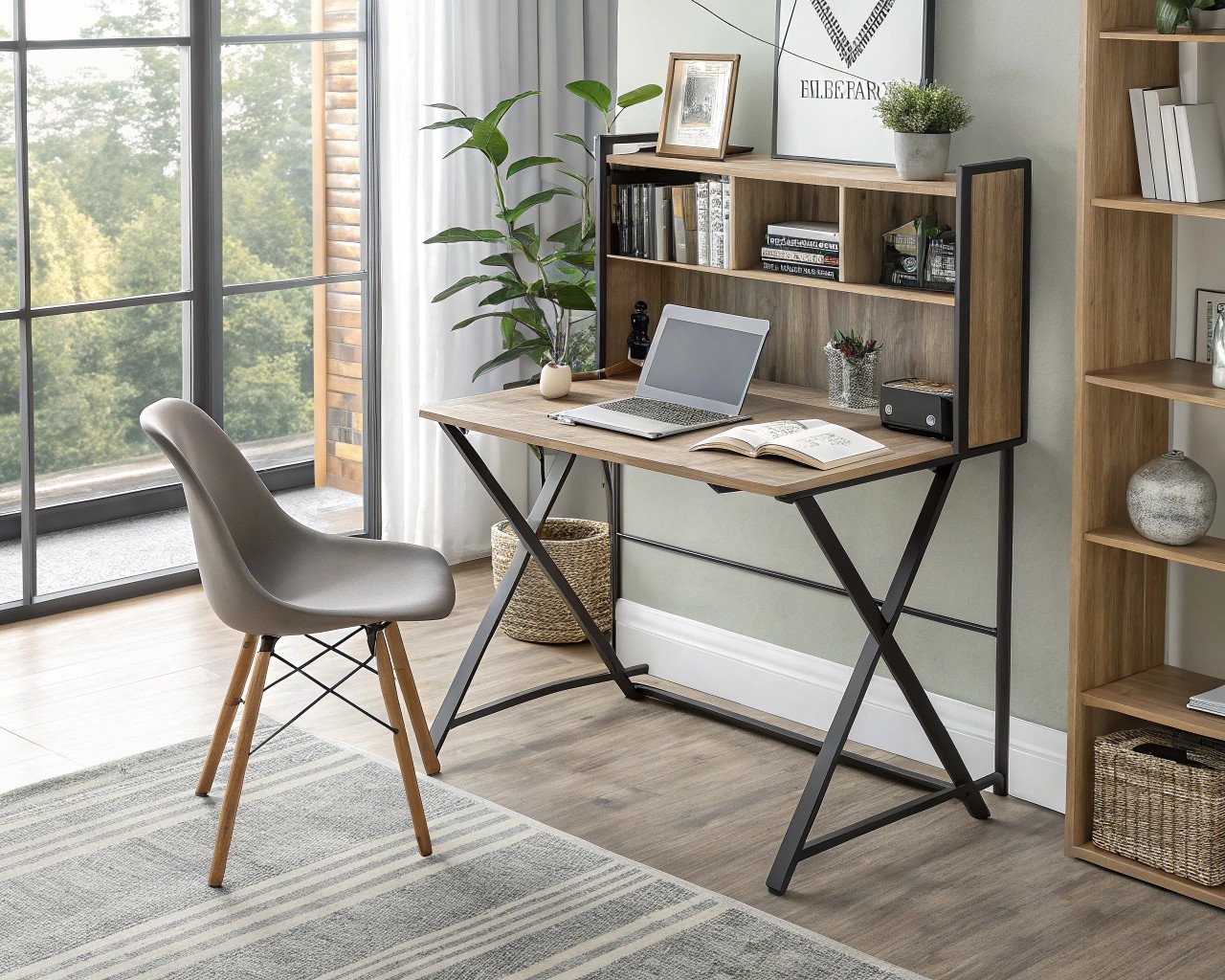
Working from home presents unique challenges for singles, particularly in smaller spaces where work/life boundaries can blur.
Carving Out Productive Spaces
- Create visual distinction between work and living areas through different color palettes, lighting, or materials
- Design for your specific work style (minimalist vs. inspiration-rich)
- Include storage solutions that allow work materials to be concealed when not in use
- Consider noise and distraction patterns when positioning a workspace
Case Study: Michael, a freelance graphic designer in a studio apartment, needed his workspace to disappear after hours. We designed a custom desk that folded into a wall cabinet, complete with integrated charging stations. When closed, it resembled a modern armoire; when open, it transformed into a fully functional workspace.
Bathroom Retreats
Single-person bathrooms offer tremendous opportunity for personalization and luxury touches that might be impractical in shared spaces.
Spa-Like Elements for Daily Self-Care
- Invest in quality fixtures and finishes—you’re the only one using them
- Consider expanded shower space instead of a tub if you prefer showering
- Add small luxury touches: a warming towel rack, good ventilation, quality lighting
- Incorporate technology like Bluetooth speakers or programmable shower controls
A client with a modest bathroom budget opted to splurge on a rainfall showerhead and high-quality lighting around her mirror, creating a luxury feel without a complete renovation. “Starting and ending my day in a space that feels special makes a huge difference,” she noted.
Outdoor Spaces for One
Whether you have a balcony, patio, or yard, outdoor areas for single-person homes should offer both pleasure and practicality.
Creating Outdoor Living Rooms
- Design for your actual usage patterns (morning coffee, evening relaxation, entertaining)
- Include comfortable seating scaled appropriately for the space
- Consider privacy factors (physical screens, strategic plantings)
- Incorporate lighting for evening enjoyment
Low-Maintenance Outdoor Options
| Feature | Benefit | Best For |
|---|---|---|
| Self-watering planters | Reduce watering frequency | Busy professionals, frequent travelers |
| Native plants | Require less water and maintenance | Eco-conscious gardeners, beginners |
| Container gardens | Flexibility, can be moved or changed | Renters, those new to gardening |
| Composite decking | No staining or sealing required | Those who prioritize time over tradition |
| Drip irrigation | Automated watering on timers | Plant lovers with unpredictable schedules |
Case Study: Sam’s 10th-floor apartment came with a small balcony that stood empty for years. We transformed it with a narrow folding table mounted to the railing, a comfortable chair, potted herbs, and string lights. This simple setup created a morning coffee spot and evening retreat that became his favorite place in the home.
Storage Solutions That Showcase Personality
Effective storage in single-person homes prevents clutter while showcasing personality through thoughtfully displayed possessions.
Beyond Basic Storage
- Prioritize accessibility for frequently used items
- Use custom or adjustable systems that maximize every inch
- Consider furniture with integrated storage (platform beds, ottomans, window seats)
- Incorporate both open display and closed storage
I often advise clients to approach storage by category rather than by room—this helps identify actual needs versus conventional expectations. One client realized she needed extensive book storage throughout her home but minimal closet space, allowing us to customize accordingly.
Multi-Functional Furniture for Single Living
When every square foot counts, furniture that serves multiple purposes becomes invaluable:
- Sofa beds or sleeper sofas – For occasional guests
- Extendable dining tables – For everyday use and entertaining
- Storage ottomans – For seating, storage, and as a coffee table
- Nesting tables – Can be spread out when needed, stacked when not
- Wall beds (Murphy beds) – Convert offices or living spaces to guest rooms
- Drop-leaf tables – Expand for dining, collapse for space
- Benches with storage – For entryways and bedrooms
- Trunks as coffee tables – Offer storage and surface space
Common Design Mistakes in Single-Person Homes
Through years of working with single clients, I’ve observed several recurring challenges:
- Designing for a hypothetical future rather than current needs
- Underinvesting in quality by treating furnishings as temporary
- Choosing inappropriately scaled furniture that overwhelms or underwhelms spaces
- Sacrificing personality for resale value with overly safe choices
- Creating insufficient storage for one person’s complete possessions
- Neglecting lighting layers necessary for both function and atmosphere
- Foregoing luxury touches that make everyday living special
Perhaps the most common mistake is what we call “waiting room syndrome”—creating a technically functional space that lacks personality and soul. This often happens when singles view their homes as transitional rather than worthy of full investment and expression.
Technology Integration for Solo Living
Smart home technology offers particular benefits for singles, from security features to convenience:
Smart Home Features for Single Living
| Technology | Benefit | Privacy Consideration |
|---|---|---|
| Smart locks | Keyless entry, temporary access codes for visitors | Choose systems with strong encryption |
| Video doorbells | Security, package delivery monitoring | Consider where footage is stored |
| Automated lighting | Convenience, simulated occupancy when traveling | Local control options if internet fails |
| Voice assistants | Hands-free control, companionship | Mute options for privacy when desired |
| Smart thermostats | Energy efficiency, remote control | Choose systems that work without cloud connectivity |
One client incorporated motion sensors that activated subtle pathway lighting when she returned home after dark—a simple technology addition that made her feel more secure and welcomed.
Questions to Ask When Designing Your Single-Person Home
Before making design decisions, ask yourself:
- How do I actually spend my time at home?
- What activities bring me joy that my current space doesn’t support?
- If no one else’s preferences mattered, what would I change immediately?
- What areas feel most and least comfortable, and why?
- Where do I naturally gravitate when I want to relax?
- What storage challenges consistently frustrate me?
- How often do I entertain, and what form does that take?
- What daily rituals could be enhanced through thoughtful design?

